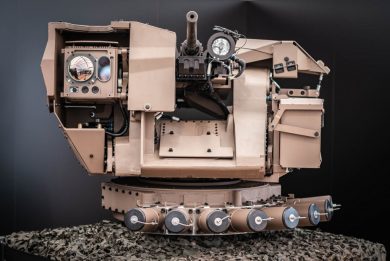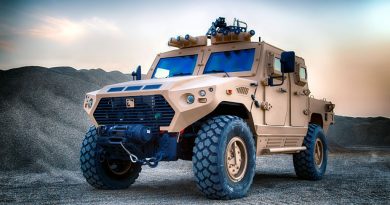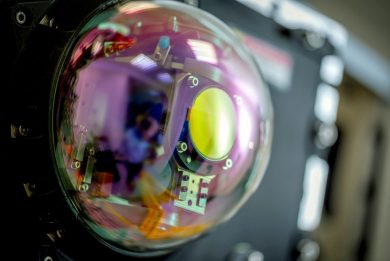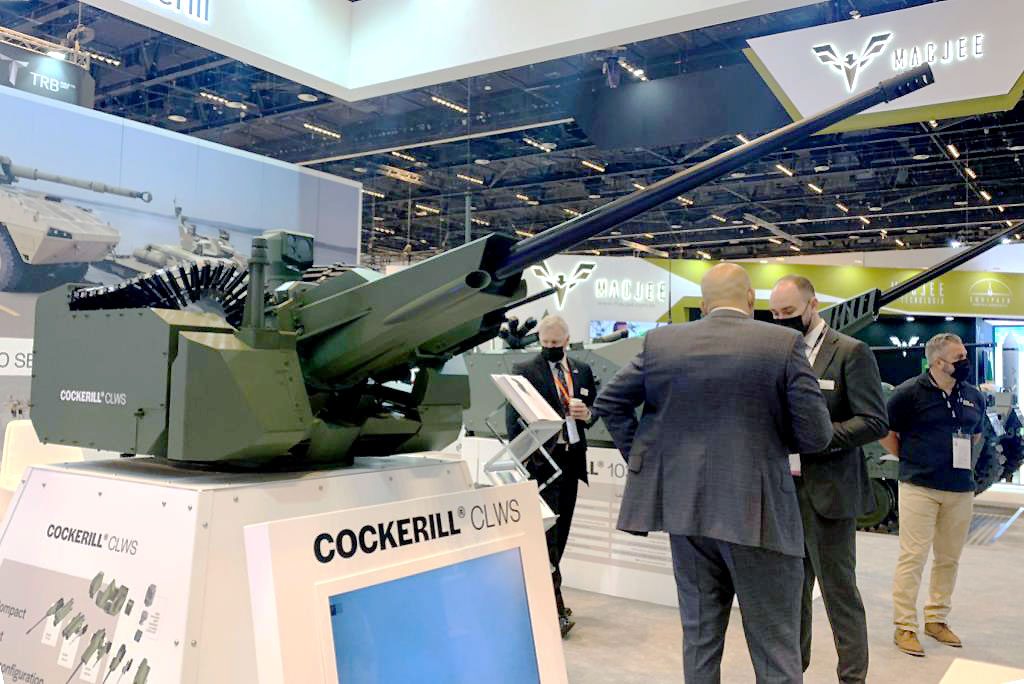
CLWS: lightweight heavy firepower from John Cockerill Defense
At IDEX 2021 John Cockerill Defense unveils its new CLWS (Cockerill Light Weapon Station), a wholly new remote weapon station that leverages the company modular concept, bringing it into a light system that can be fitted nearly to any vehicle, down to 4×4 ones, providing them with a considerable firepower.
With a combat ready mass of around 600 kg, the CLWS is manufactured in welded aluminium and can be armed with different weapon systems ranging from 12.7 mm machine guns, to 25 mm guns firing 25×137 mm ammunition, such as Northrop Grumman’s M242, Nexter’s 25M811 or others, up to 30×113 mm low recoil cannons such as Northrop Grumman’s M230LF, AEI Venom LR or Nexter’s 30M781. Automatic weapons can be added as a secondary coaxial machine gun on the left side, usually a 7.62 mm, or a couple of antitank missiles, the latter further increasing the operational range of the system.
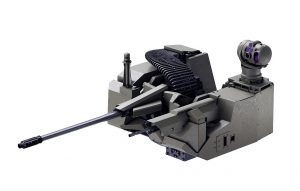
The CLWS structure is 1,150 mm long, 1,250 mm wide and 600 mm high (with coaxial sight), height remaining independent from the type of weaponry added to the structure; the latter data allows to keep the vehicle silhouette low, reducing visual signature, as well as keeping the centre of gravity as low as possible, often a key parameter especially when the RWS is mounted on a light armoured vehicle. The turret ring diameter is of only 600 mm. The new JCD RWS slightly intrudes inside the vehicle; the main reason for this is that the Belgian company developed a system allowing reloading the main cannon from under armour, a considerable advantage when the armoured vehicle is involved in a major firefight, the coaxial machine gun being reloaded from outside. The CLWS structure provides a Level 2 protection level against ballistic threats.
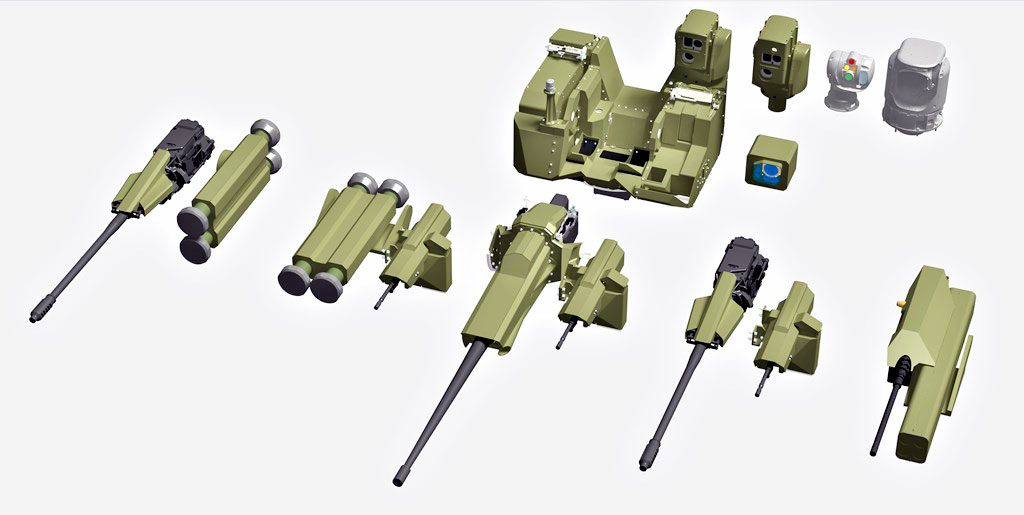
Examples of the CLWS modularity see it armed with one 25 mm cannon with 140 rounds in the double-feed system, together with a 7.62 mm MG with 250 ready rounds; or with a 30 mm cannon with a minimum of 90 ready rounds, to which two antitank missiles (vertically paired) can be added on the left of the turret, missiles elevation be linked to that of the main gun, which arc goes from –10° to +50° for all weaponisations. John Cockerill also proposes teaming a 12.7 mm MG with a four-round rocket launcher pod, a two-missile (horizontally paired) plus 7.62 MG configuration being also possible.
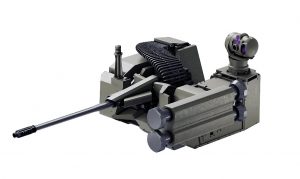
The RWS is fitted with a digital architecture allowing it to be fully remotely controlled by a single operator, a two-man configuration with commander and gunner being also available. Observation and aiming exploit the images provided by the optronic sensor, which can be either a 360° stabilised panoramic sight or a coaxial sight, in both cased ay and night channels based on thermal imagers as well as a laser rangefinder being provided. The choice of the optronic suite is based on customer’s requirements, JCD considering as minimum required performances ranges of 8 km for detection, 4 km for recognition and 2 km for identification, in order to fully exploit the cannons operational ranges, higher performances being needed if long-range missiles are fitted to the CLWS.
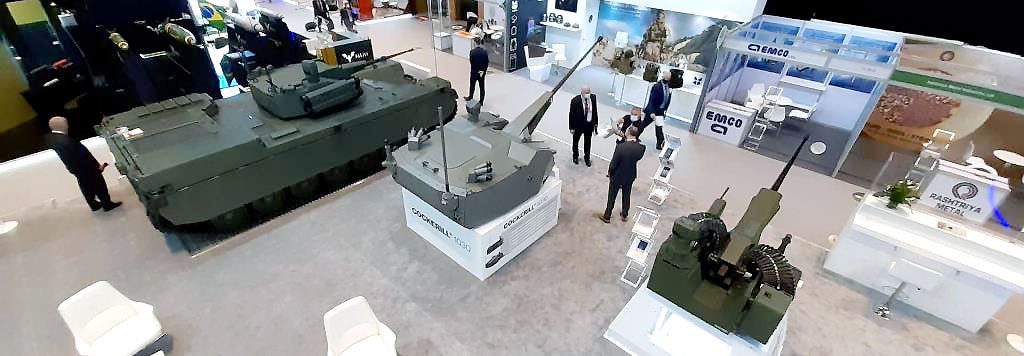
“We are currently developing the concept,” Thierry Renaudin, John Cockerill CEO tells EDR On-Line, “and we plan to have a firing demonstrator for Eurosatory 2022. With the Cockerill CLWS John Cockerill Defense confirms its leadership position in the field of turrets by offering a state-of-the-art weapon system which combines versatility and robustness.”
Images and photos courtesy John Cockerill Defense

